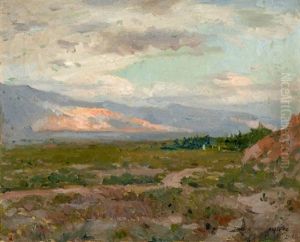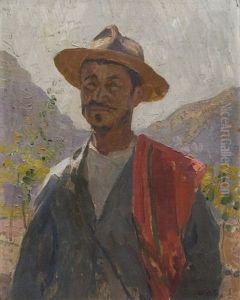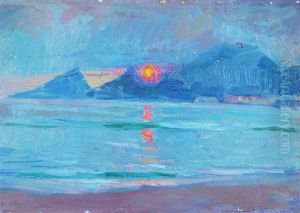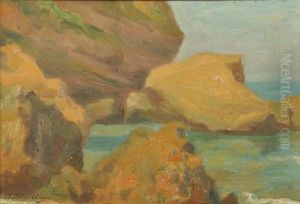Antonio Alice Paintings
Antonio Alice was an Argentine painter born on February 23, 1886, in the city of Buenos Aires. Known for his portraits and historical paintings, Alice studied under the Italian painter Cesare Saccaggi in Turin, where he honed his skills in the academic style of painting. He later continued his studies in Paris, a center for the arts and the avant-garde at the turn of the century.
After his time in Europe, he returned to Argentina, bringing with him the influence of the European art scene. His works often reflected nationalism and historical themes, which resonated with the Argentine public and government during a period of nation-building. Alice became particularly famous for his historical paintings that depicted key moments and figures in Argentine history, such as his depiction of the death of Manuel Belgrano, one of the leaders of the Argentine War of Independence. This particular piece earned him a gold medal at the Centennial Exposition in Buenos Aires in 1910.
In addition to his historical works, Alice was a sought-after portrait painter. He painted portraits of many notable figures of his time, including presidents, intellectuals, and high society members. His portraits were recognized for their technical skill and ability to capture the personality and essence of his subjects.
Alice's contributions to Argentine art were significant, and he was a member of the National Commission of Fine Arts in Argentina. His works are housed in various important collections, including the National Museum of Fine Arts in Buenos Aires. His legacy is also remembered through the prizes and recognitions that were awarded in his honor posthumously.
Antonio Alice passed away on August 24, 1943, in Buenos Aires. His death marked the loss of one of Argentina's prominent painters of the early 20th century. Despite the changes in art trends over the years, Alice's work remains an important part of Argentine cultural history, reflecting the artistic and political sentiments of his time.





















